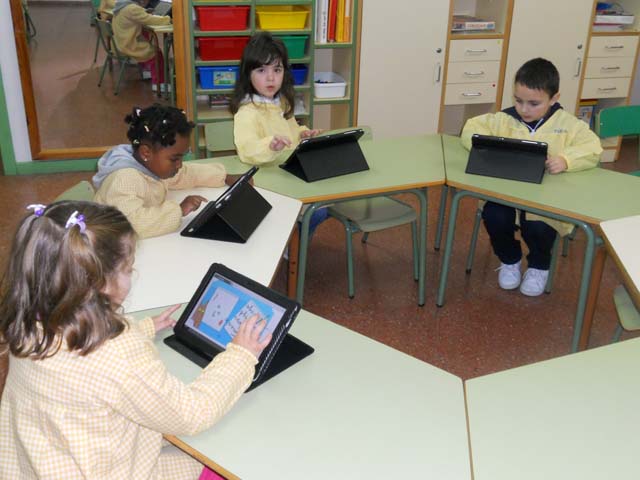How to Measure the Impact of COVID-19 on Education?
It’s well-known that COVID-19 has had destructive effects on many fields, including education. The full impact of multiple lockdowns and erratic schooling as educators and institutions struggle to regularise online classes is difficult to measure without any comprehensive methodology.

We all know that there is a positive and negative impact of covid-19 on education. When you’re looking for the best method to measure the impact of COVID-19 on education of your students, it is crucial to focus on the following aspects.
How Much Information Did Your Students Miss?
Whether your students are still learning remotely or have returned to classes already, you need to know how much they learned per the curriculum. Moving ahead with classes without considering how much they may have missed previously may put some students at a disadvantage.
Standardized testing can help you know how much knowledge and information your students have missed during the lockdown and online classes. It will ensure that you can take remedial steps and prepare your students to be comprehensively equipped for examinations and higher education without any obstacles.
Measuring Digital and Technology Access to Education
It’s fact that education is evolving with new technologies. Not every educational institution has enabled monitoring tools to know how much access their students have to classes and other resources. When you want to measure how much digital access your students have had to different courses and materials throughout the pandemic, using standardized testing can be optimal.
It will show you the results of all students and how well they perform in specific subjects and aspects. Most providers provide comprehensive reports that enable you to see where your students are lacking compared to their peers in other schools locally and internationally.
Most of the students find mathematics a difficult subject. Enabling technology for mathematics and for calculations makes learning easy.
Ability to Correlate Knowledge to Real-Life Situations
Online and digital classes may have successfully imparted knowledge onto your students but may not have shown them how to use it in real life. Standardized testing can enable students to answer real-life situational questions using their creative problem-solving skills and learned knowledge.
When your students have constantly been learning but cannot apply their knowledge to real-life situations, it can hinder future opportunities for higher education and employability.
Learning About Student Engagement
Knowing how your students’ engagement and zeal to learn has been affected during COVID-19 is crucial. With this, you can frame the future curriculum and environment to be more optimal for their needs.
For example, the OECD PISA for School test offers an add-on that includes specific questions targeted as student engagement. The data can give you the ability to make educational decisions that are well-informed and holistic.
To get more engagement from the students, brainstorm the latest innovation in education and adopt it.
Evaluating Students Against Local and International Benchmarks
Everyone wants to gain academic excellence. When using standardized testing platforms with a broader national or global presence, you can also measure your students’ performance against their peers.
While all students were affected during COVID-19, the level of impact was different for each student. Knowing your students’ performance against national and international benchmarks can let you know how much of a disadvantage they are.
You also gain the ability to frame new policies and curriculum based on the data you receive from standardized testing that uses benchmarks. Know the impact of COVID-19 on education by using standardized testing, so you can take remedial action to improve it.
